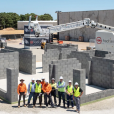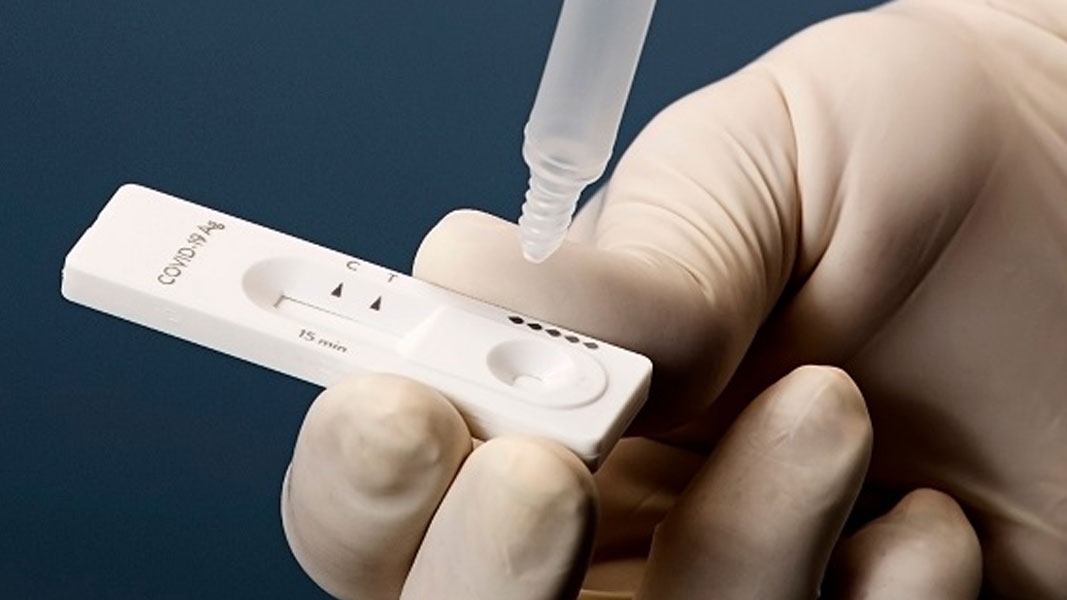Bought a rapid antigen test (RAT) lately? Odds are, you haven’t even thought about it. Even as the weather changes prompt illnesses, Covid is not a top concern for many people anymore, resulting in a fall in demand for RATs and Covid-related medicines. Plus, over the past year, labour shortages have been the bane of many companies’ existence. This combination is also why Aussie healthcare company Sigma (ASX: SIG) suffered losses of over $7 million in FY22.
In FY23, however, it staged a comeback. The Company reported a net profit of $1.8 million, up 125% on FY22. Its sales amounted to $3.6 billion, a 6.2% increase, and its earnings shot up to $19.3 million, up 733.2%.
Sigma’s return to profitability was impacted by a number of structural and transitional changes. It undertook inventory write-offs worth $32.8 million, asset impairment and write-offs worth $10.2 million related to the cessation of services to the Cura business. It recorded $1.6 million of total losses relating to the divestment of Wholelife, but it was offset by $24.1 million lower spending in Software in Service (SaaS).
Sigma CEO and Managing Director Vikesh Ramsunder, commented, “Following 12 months in the role, I am pleased to report that we have returned to profit, strengthened our balance sheet and made significant progress in the transformation of the company. We now have a much stronger operational platform to improve service delivery to customers, which underpins our pursuit of growth opportunities and will incrementally deliver improved financial outcomes for shareholders.”
Even though Sigma reported billions in revenue, its profits paled in comparison. That’s because of the additional expenses the Company had to take on. Higher global energy prices directly affected its freight and logistics costs. It also dealt with supply chain disruptions, leading to delays in shipping and delivery lead times. Sigma has taken steps to reduce these cost impacts through the re-tendering of its freight contracts and optimising our delivery routes.
High rates of inflation in the country also worsened the impact of Covid on the Company.
As the Reserve Bank of Australia implemented ten consecutive rate hikes, Sigma had to face higher borrowing costs and reduced consumer spending. The Company laid off some employees and also reviewed some of its existing businesses.
During the year, Sigma announced a new retail strategy, moving from five franchise brands to two, focusing on supporting the Amcal and Discount Drug Stores franchise brands. Whilst this may lead to some disruption in the current year, the merger of brands will provide the critical mass to drive customer engagement. Sales in its franchise brands were up 4.2% for the year.
On March 10, 2023, Sigma also announced its decision to sell certain hospital operations and assets of its subsidiary Central Healthcare Services Pty Ltd to Clifford Hallam Healthcare for about $44 million. Even though CHS Hospitals delivered approximately $364 million in sales in FY23, due to structural margins in this sector, it was not profitable
Ramsunder explained, “Hospital distribution was a very low margin business that would require significant investment to integrate into our systems and distribution capability. The sale will release $35 million to $40 million of cash for the business.”
With structural and operational changes, Sigma seems well-poised to enter a new (and less Covid-influenced year) with enough scope for growth.
- Ovanti’s iSentric signs contracts worth $14.4m with Malaysian commercial bank - June 27, 2024
- Baby Bunting fights back from retail downturn with 5-year strategy, includes Gen-Z focus and self-funded growth - June 27, 2024
- CLEO meets with US FDA to develop strategy for ovarian cancer test launch - June 26, 2024












Leave a Comment
You must be logged in to post a comment.